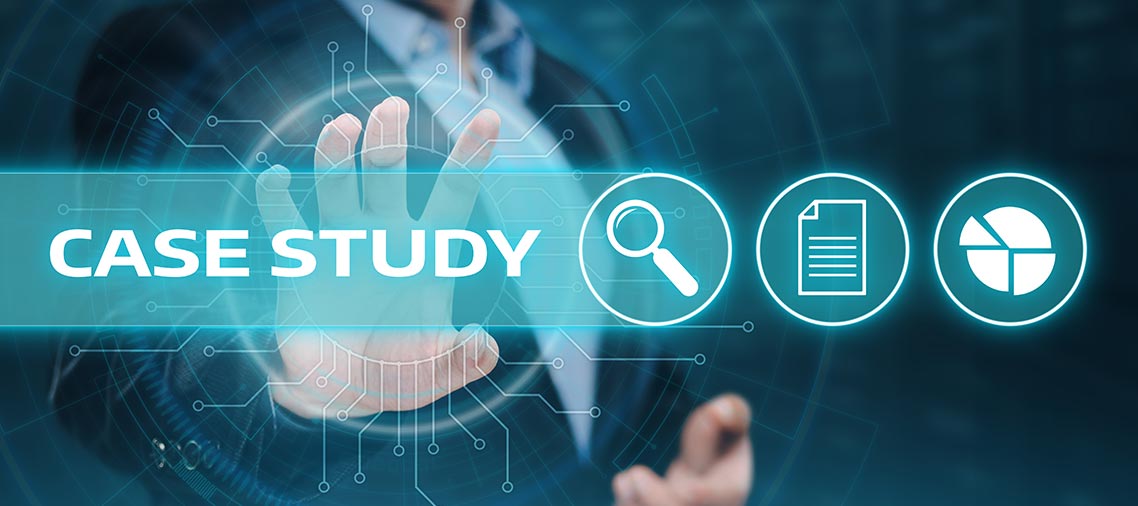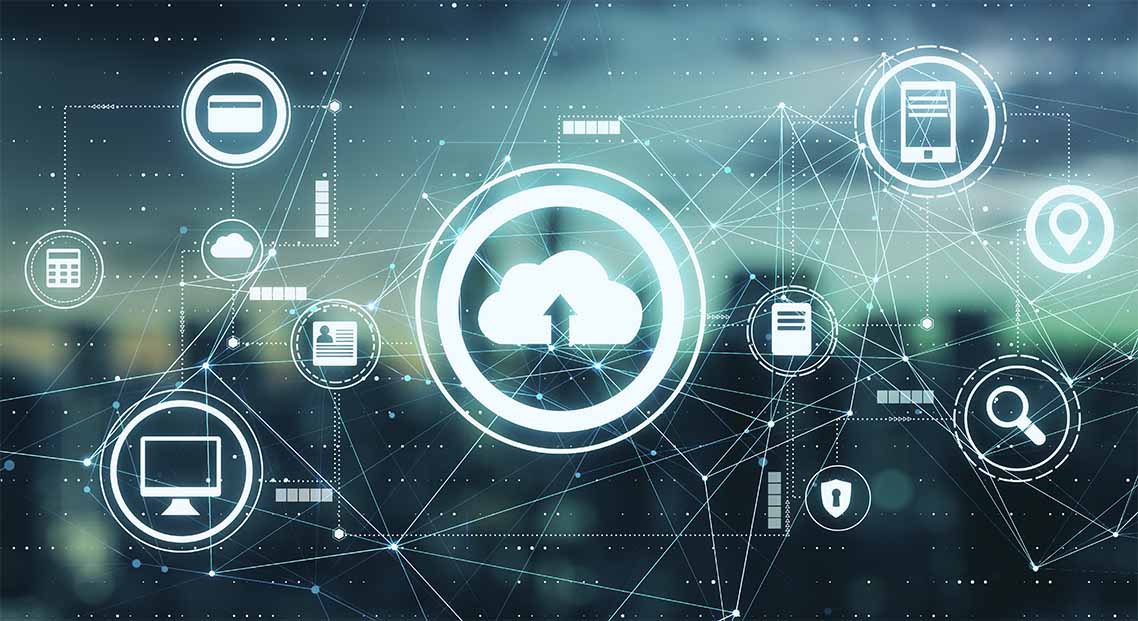Offering flexible working environments to employees can increase productivity, boost staff morale, and minimize costs. Many organizations have turned to Chromebooks as one of the go-to endpoint technologies for achieving...
Windows Server 2022 has been available to all customers since September 1, 2021. Based on information posted on its lifecycle support page, it already has reached general availability (GA) status as early as August 18, 2021. It features...
Federated identity is crucial for users to have seamless and secure access to applications in today’s web-centric application environment. Without federated identity standardization mechanisms, it would be difficult for businesses...
About Banco Interfinanzas S.A.
A private bank headquartered in Buenos Aires, Argentina.
Focus on institutional, business, and individual banking solutions.
Founded in 1971.
The Challenge
Banco...
Containers vs virtual machines — what is the difference between these two virtualization solutions? On one side, you have containerization, which virtualizes an operating system (OS) and allows multiple...
With Secure Sockets Layer (SSL) passthrough, encrypted traffic from clients is passed on to web servers without undergoing decryption in a load balancer or proxy server located between client and server. Instead, data packets...
About Group Engineering Automotive (GEA) Srl
Group Engineering Automotive (GEA) provides high-quality solutions for various industrial sectors’ wiring needs, with operations...
The App Readiness service is responsible for getting applications ready for use the first time a user logs into a session host and also when adding new applications. However, in Remote Desktop Services (RDS)...






